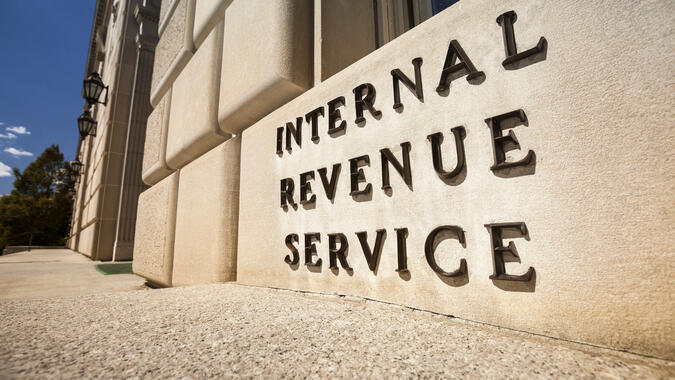
Navigating Long-Term, Part-Time Employee 401(k) Rules
- Published
- May 9, 2024
- By
- Wes Li
- Share
On November 27, 2023, the U.S. Treasury Department unveiled proposed regulations in response to changes introduced by the SECURE Act of 2019 and as further modified by the SECURE 2.0 Act of 2022. These changes aim to broaden the eligibility criteria for long-term, part-time employees (“LTPT”) participating in 401(k) plans, and could significantly impact eligibility for LTPT to participate in 401(k) plans.
As these proposed regulations are in effect, it's important for employers to be proactive. We’ll delve into the key highlights and implications of these proposed regulations.
Proposed regulations for long-term, part-time employees participating in 401(k) plans
Initially, the SECURE Act required employers to allow employees who worked at least 500 hours in three consecutive years to make salary deferral contributions to their 401(k) plans. However, with the passage of SECURE 2.0, this requirement has been shortened to just two consecutive years of working at least 500 hours. Additionally, the LTPT rules now extend to 403(b) plans starting January 1st, 2025.
The proposed regulations provide much-needed clarity on a few critical aspects:
Qualification criteria for LTPT employees
To be eligible, an employee must complete two consecutive 12-month periods with at least 500 hours of service and an employee must attain age 21.
Impact on eligibility and participation requirements
With the reduced threshold of two consecutive years, more LTPTs will become eligible to contribute to their 401(k) plans. Employers should review their plan documents and communication materials to ensure accurate information reaches the LTPTs.
Vesting requirements
Vesting refers to an employee’s ownership of employer contributions over time. The proposed regulations clarify vesting rules for LTPTs and former LTPTs. Employers must credit LTPTs and former LTPTs with one year of vesting service credit if such employees complete 500 hours during a 12-month period during which time they were a LTPT and even after when they cease to be a LTPT. This special rule applies only to service after January 1, 2021. Employers should communicate the vesting schedule clearly to LTPTs and former LTPTs.
Who’s excluded from LTPT consideration
It’s essential to note that certain employees may be excluded from LTPT consideration:
- Non-resident aliens who have no U.S. source of Income.
- Leased employees.
- Employees covered by a collective bargaining agreement.
How employers can prepare for the proposed LTPT regulations
As previously mentioned, these proposed regulations are in effect, so it's important for employers to be proactive. Discuss the proposed rules with your plan's record-keeper, evaluate the need for new tracking systems, consider plan design changes, and review service agreements with service providers. For legal advice and implementation matters, employers should consult with their benefits counsel and pension consultant.
Contact EisnerAmper
If you have any questions, we'd like to hear from you.










